12 GPTs for Map Creation Powered by AI for Free of 2025
AI GPTs for Map Creation are advanced tools that leverage Generative Pre-trained Transformers (GPTs) technology to assist in the creation, analysis, and customization of maps. These tools are designed to adapt and provide solutions for various tasks related to map creation, such as generating detailed geographic visualizations, analyzing spatial data, and integrating with GIS software. By utilizing AI, these GPTs offer tailored solutions that can simplify complex processes in map creation, making them relevant and valuable in the field of geography, urban planning, and beyond.
Top 10 GPTs for Map Creation are: 日本地図作成,DM Guru,GIS GPT,GIS error dealer,🌐🗺️ GeoGrapher Expert Navigator,🌏 GeoGrapher: Mapping Insights 📊,Dice Weaver,TTRPG Builder Assistant,World Crafter,WorldCraft GPT
日本地図作成
Tailor-made Japanese maps with AI precision.
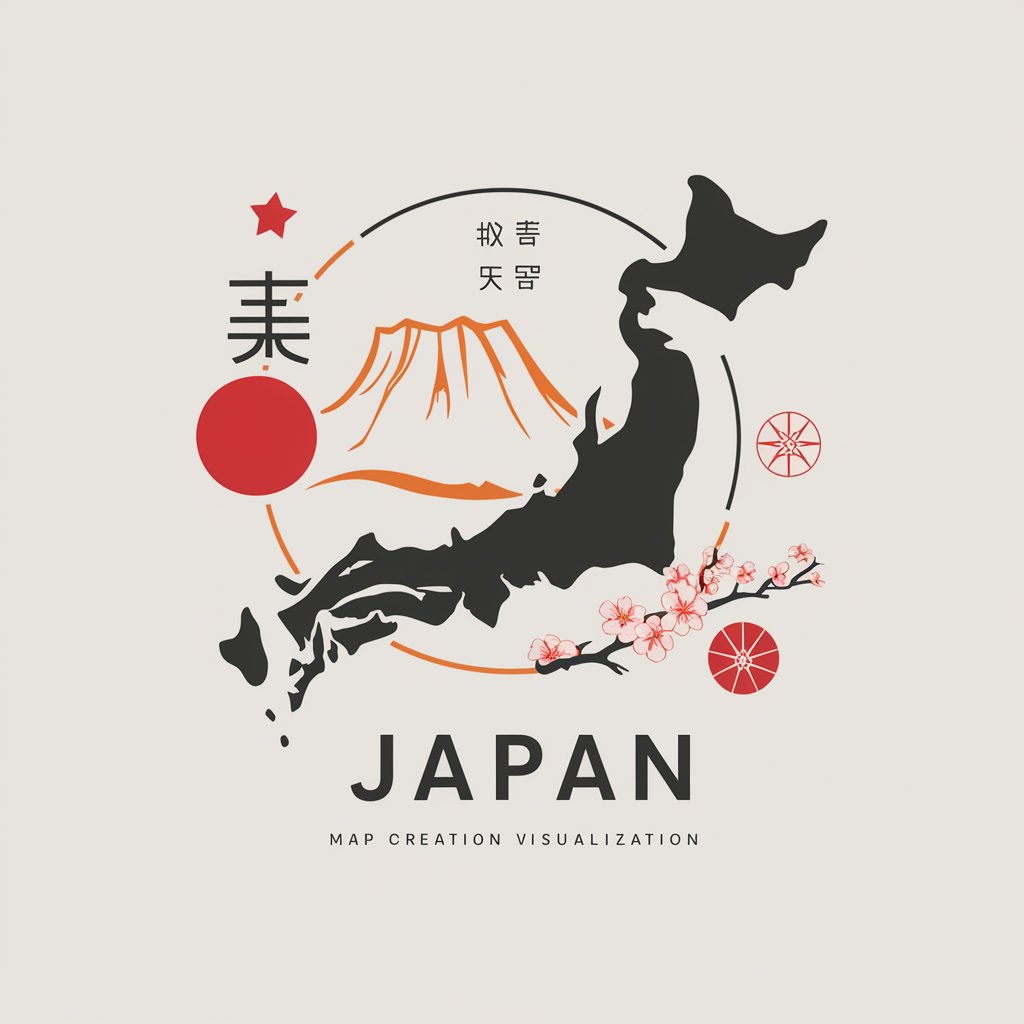
DM Guru
Elevate Your D&D Sessions with AI
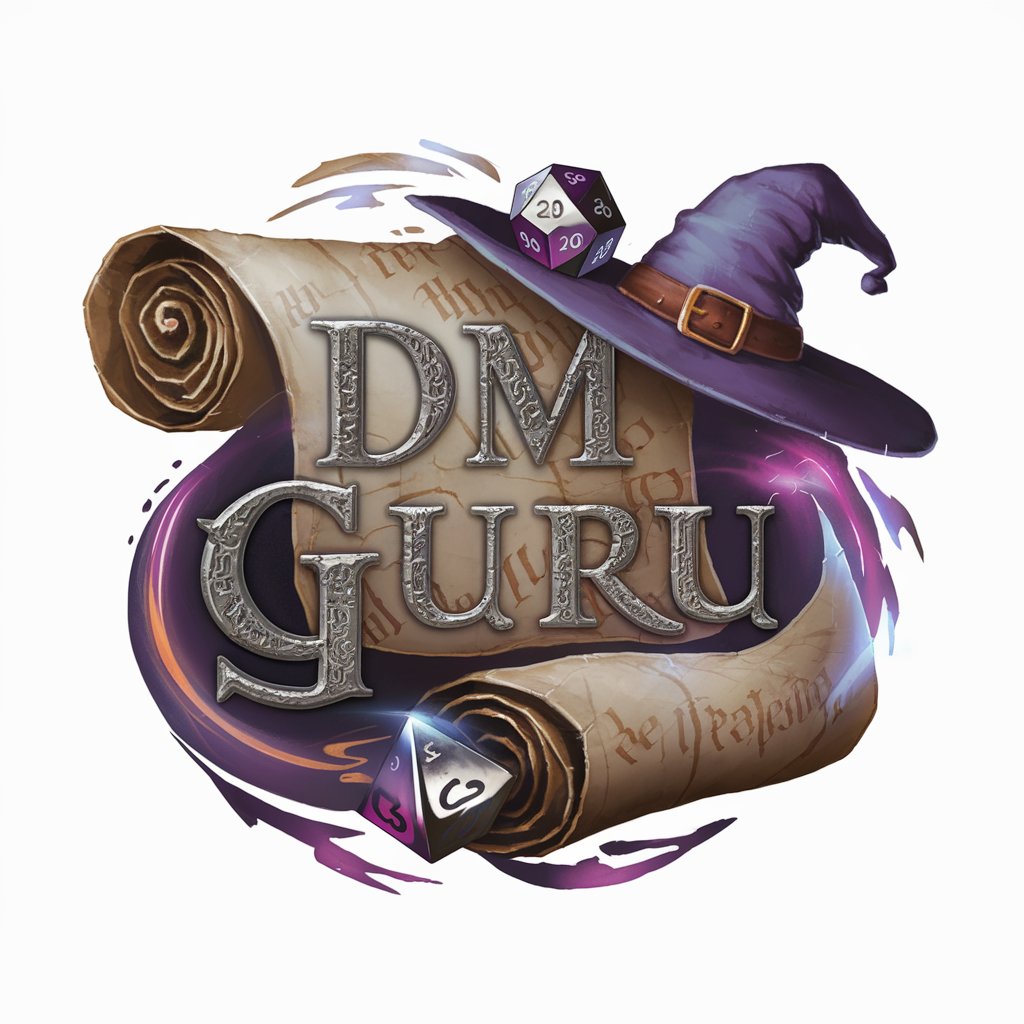
GIS GPT
Empowering your GIS projects with AI
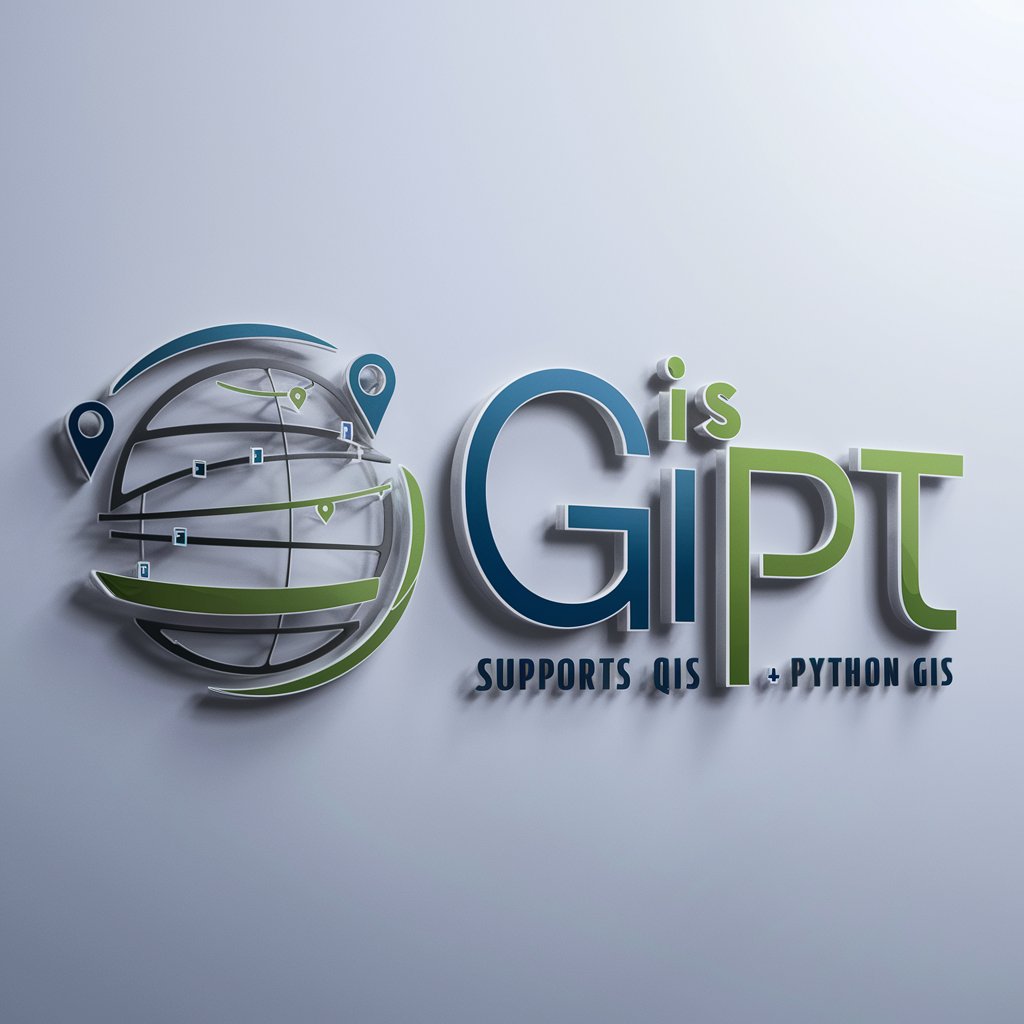
GIS error dealer
Solving GIS errors with AI-driven guidance.
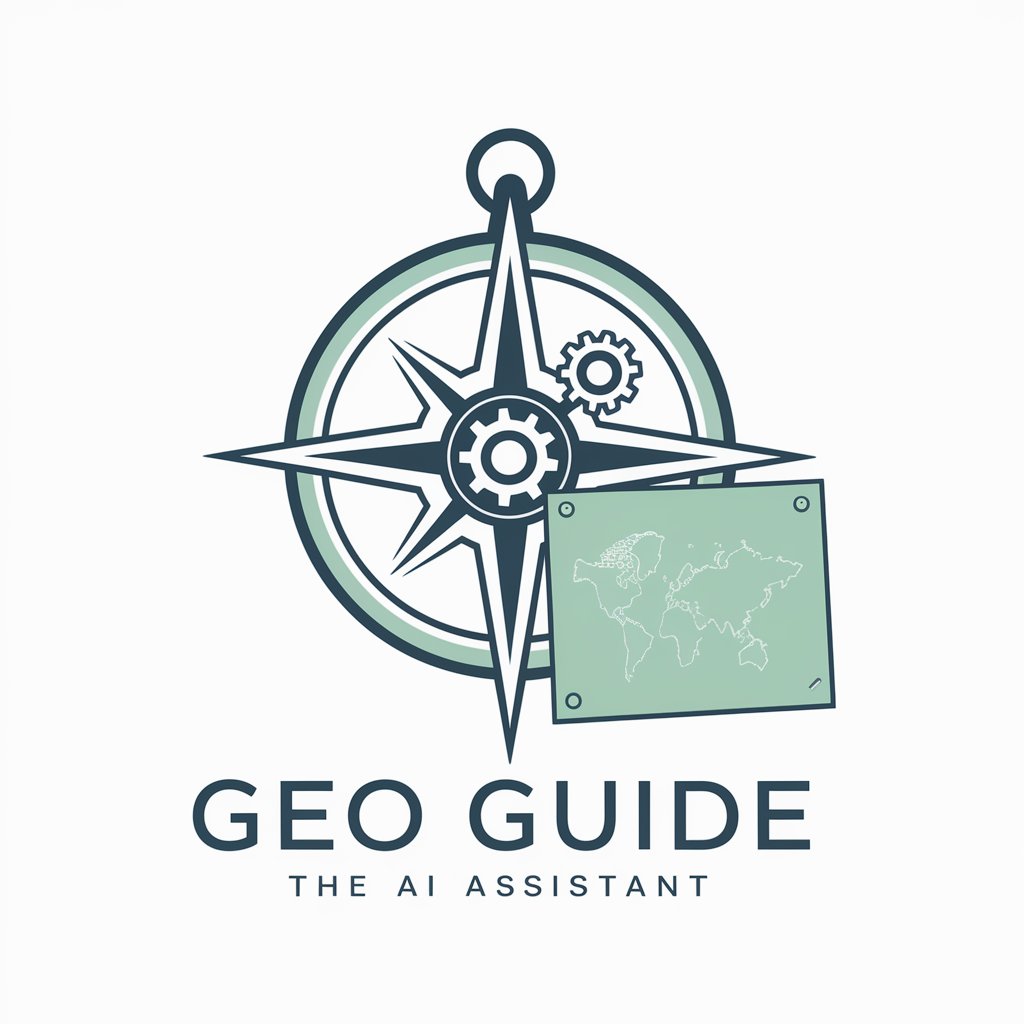
🌐🗺️ GeoGrapher Expert Navigator
Mapping the Future with AI
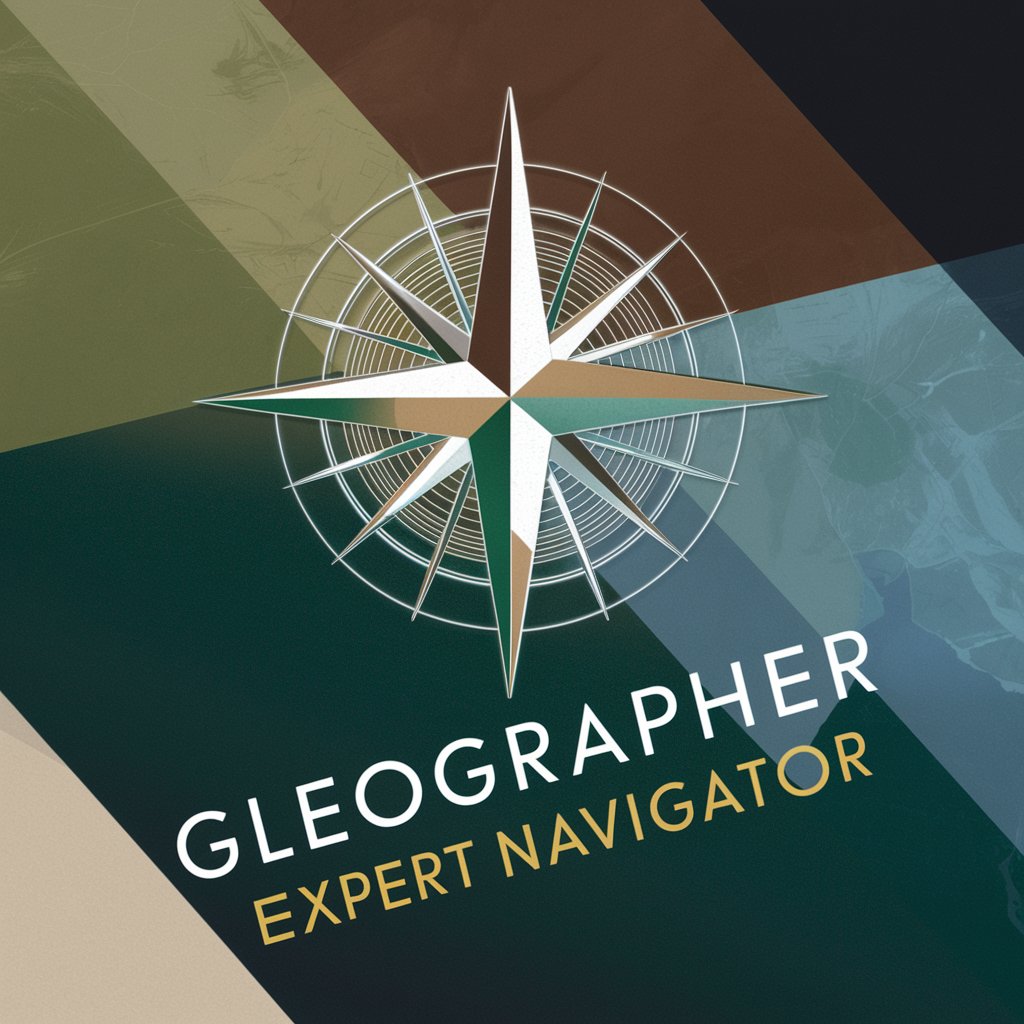
🌏 GeoGrapher: Mapping Insights 📊
Empowering insights through AI-driven mapping
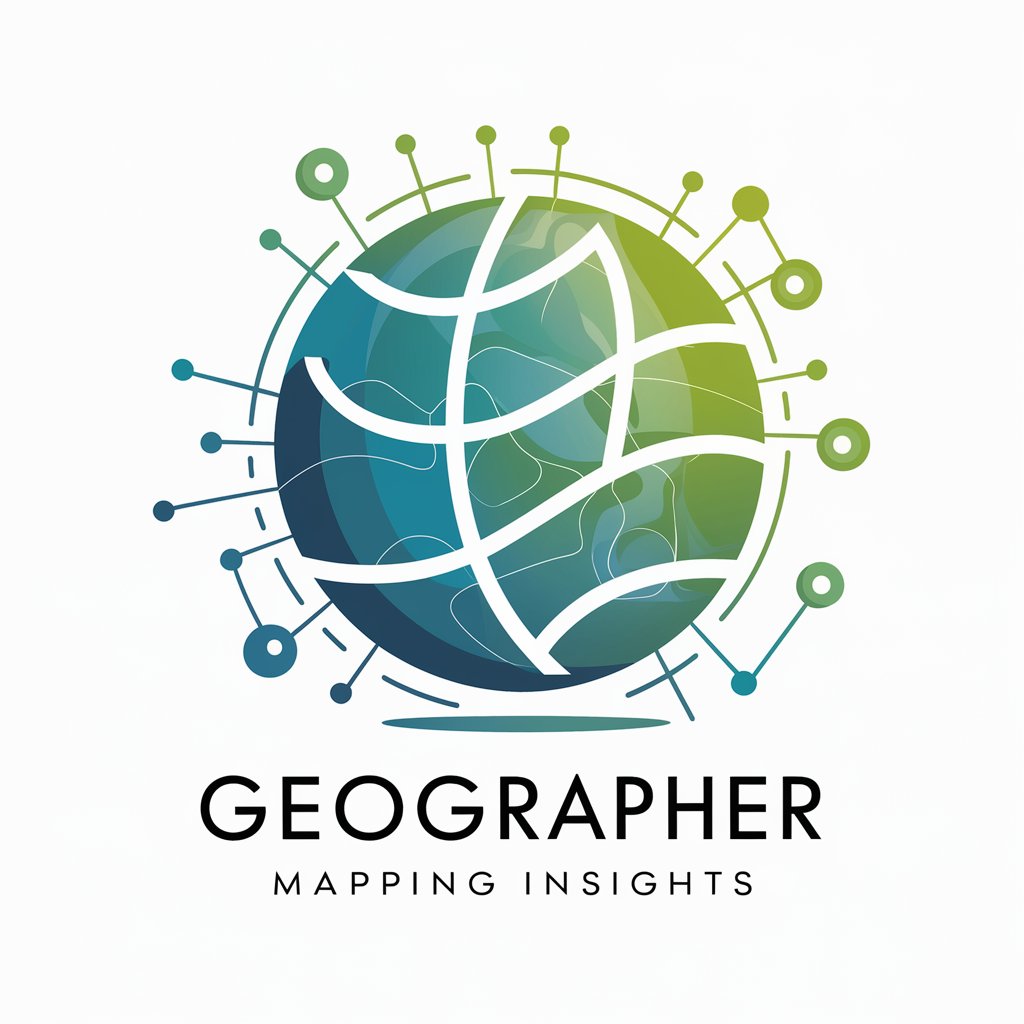
Dice Weaver
Empowering RPGs with AI

TTRPG Builder Assistant
Craft Your Adventure with AI
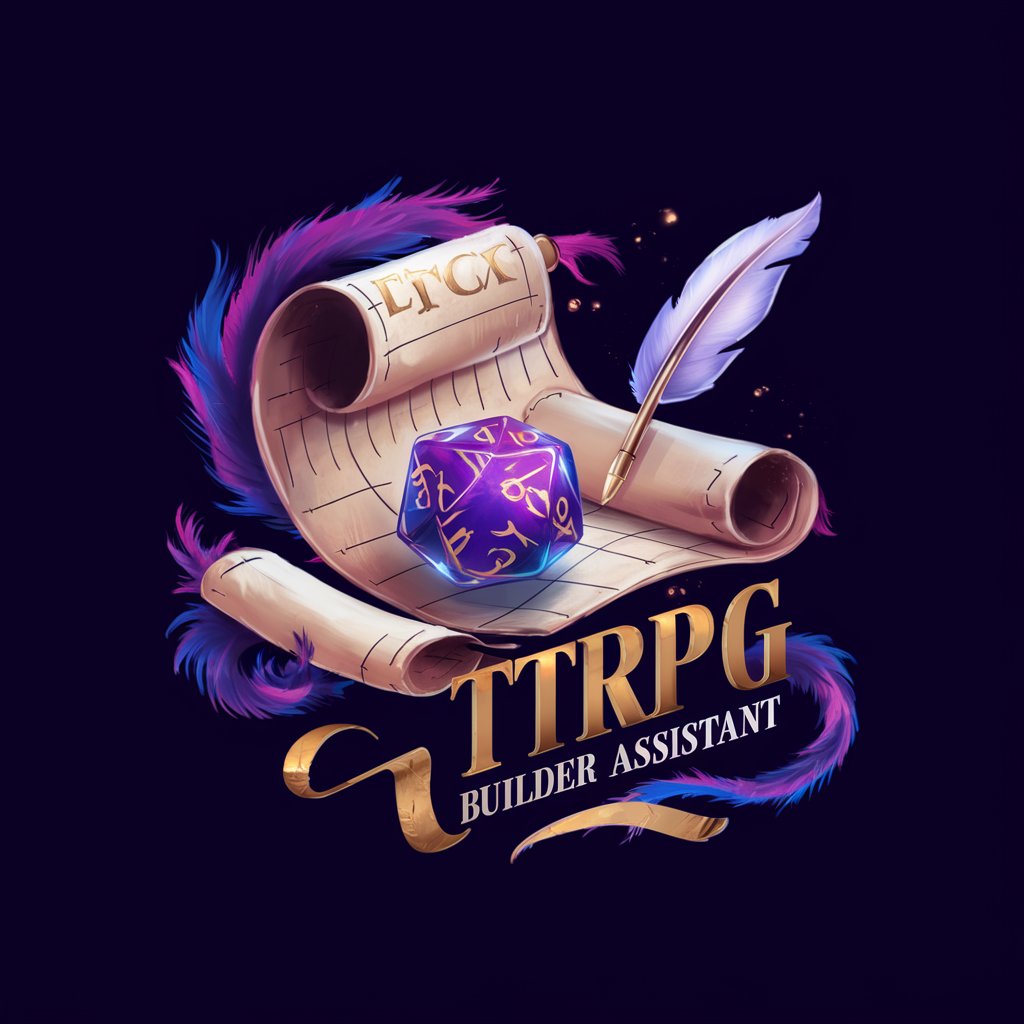
World Crafter
Craft Your World with AI

WorldCraft GPT
Craft Worlds with AI-Powered Imagination
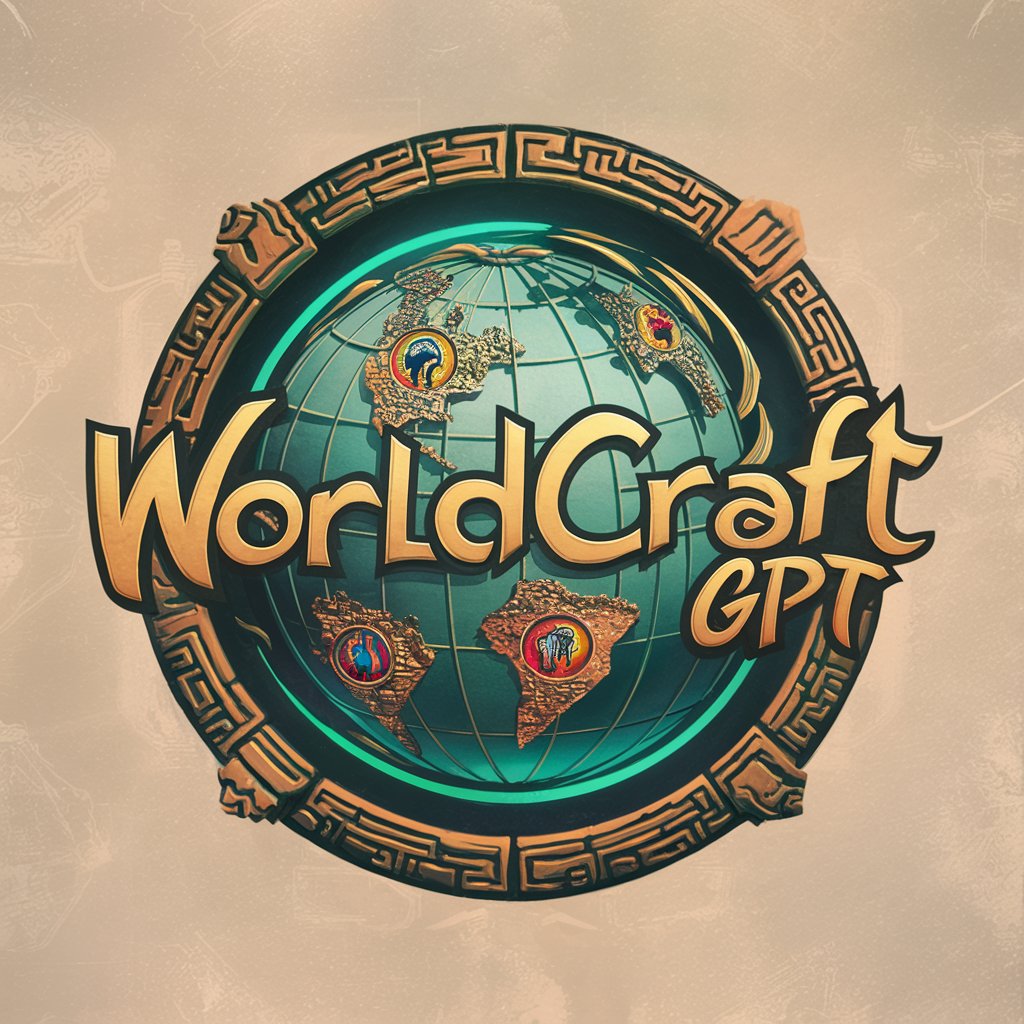
蛋仔派对地图设计狂想曲【创意获取】
Design game maps with AI-powered creativity!

SC2 Custom Map Architect
Craft Maps with AI-Powered Precision

Key Attributes and Functions
AI GPTs tools for Map Creation possess unique characteristics that enable them to perform a wide range of functions, from generating basic maps to executing complex spatial data analyses. Key features include the ability to learn and adapt to new geographic datasets, support for technical queries with precise language, web searching capabilities for up-to-date geographic information, advanced image creation for detailed map visualizations, and data analysis features for extracting insights from spatial data. These capabilities make GPTs versatile tools in the domain of map creation, suitable for addressing both simple and complex mapping requirements.
Intended Users
AI GPTs for Map Creation are designed for a diverse audience, including novices interested in map making, developers integrating mapping functionalities into applications, and professionals in geography, urban planning, and environmental studies. These tools are accessible to users without programming skills, offering user-friendly interfaces and guided processes. For those with coding expertise, additional customization options are available, allowing for the integration of GPTs into existing systems or workflows, thereby expanding their utility in professional settings.
Try Our other AI GPTs tools for Free
GIS Tasks
Discover how AI GPTs for GIS Tasks transform the way we interact with geospatial data, offering intuitive, accessible, and customizable solutions for professionals and novices alike.
Shedding Management
Discover AI GPT tools for Shedding Management: adaptive, efficient solutions for managing and optimizing shedding tasks across various sectors. Tailored for both novices and experts.
Nail Trimming
Discover how AI GPTs for Nail Trimming can revolutionize your nail care routine with tailored advice, personalized solutions, and step-by-step guides, all powered by advanced AI technology.
Bathing Techniques
Discover how AI GPTs are revolutionizing bathing techniques with tailored, intelligent advice for improved hygiene and wellness practices.
Breeding Practices
Discover how AI GPTs revolutionize breeding practices with advanced analysis, prediction, and simulation tools, designed for professionals and enthusiasts alike.
Technical Tools
Discover how AI GPTs for Technical Tools are revolutionizing technical tasks with advanced AI, offering tailored solutions for coding, data analysis, and more.
Further Considerations
AI GPTs for Map Creation are not just tools for generating maps; they represent a shift towards more accessible, efficient, and comprehensive mapping solutions. Their ability to integrate with existing systems and workflows, combined with user-friendly interfaces, makes them a powerful ally in various sectors requiring geographic analysis and visualization. As these tools continue to evolve, their potential applications and impact on the field of map creation are bound to expand, offering even more customized solutions across different sectors.
Frequently Asked Questions
What are AI GPTs for Map Creation?
AI GPTs for Map Creation are sophisticated tools that employ Generative Pre-trained Transformers to assist in creating, analyzing, and customizing maps across various applications.
Who can benefit from using these tools?
Both beginners in map making and professionals in geography, urban planning, and related fields can benefit from these versatile and adaptive tools.
Do I need programming skills to use these tools?
No, these tools are designed to be accessible to those without programming expertise, offering user-friendly interfaces and guided functionalities.
Can these tools integrate with existing GIS software?
Yes, with customization options, these tools can integrate with existing GIS platforms, enhancing their functionality and application in professional settings.
What makes AI GPTs tools unique in map creation?
Their ability to adapt to new geographic datasets, support technical queries, and perform complex data analyses distinguishes them in the field of map creation.
How can developers use these tools?
Developers can leverage the programmability of these tools to incorporate advanced map creation and analysis functionalities into their applications.
Are there any advanced features available?
Yes, features like advanced image creation for map visualizations and data analysis for spatial data insights are available for users with specific needs.
How do these tools keep up with the latest geographic information?
Through web searching capabilities and continuous learning, these tools can access and incorporate the most up-to-date geographic information into map creation processes.